Values of antique pianos hinge on a multitude of factors ranging from their make and model, condition, historical significance, to the intricacy of their design. An antique piano preserved in an excellent condition could be worth a fortune, while others could have significance in terms of their historical and sentimental value. This document aims to explore the various aspects that contribute to the value of antique pianos, providing a comprehensive understanding for collectors, music enthusiasts, and antique dealers.
Types of Antique Piano
There are several types of antique pianos which can be classified based on their unique features and designs.
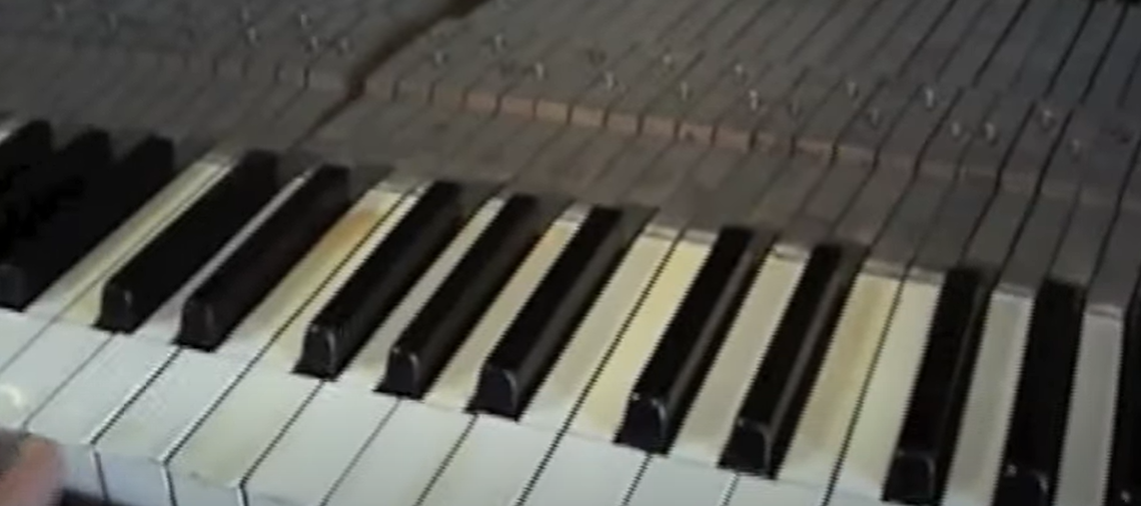
Square Grand Pianos (discontinued)
Square Grand Pianos, prominent throughout the late 18th and early 19th centuries, are recognizable by their characteristic square-shaped casing and horizontal strings. These pianos, despite their name, are more rectangular in shape, and their design emphasis was more on aesthetic appeal and structural integrity rather than the musical output. The sound produced by the square piano is quieter, more intimate compared to its successors. These pianos often become family heirlooms, carrying both sentimental and historical value. Today, Square Grand Pianos are no longer in production, adding to their rarity and antique value.
Grand Pianos
Grand pianos, with their wing-shaped design and horizontal strings, have symbolized elegance and sophistication since the late 18th century. These pianos, unlike their square counterparts, were designed with a focus on enhancing musical output, delivering a loud, clear, and rich sound. They are typically larger, ranging from 4’7″ to 9’6″ in length. The worth of antique grand pianos can differ greatly depending on various factors, including the manufacturer, age, originality, and current condition of the instrument. Renowned brands like Steinway, Bosendorfer, and Chickering often command higher prices in the antique market. Superior craftsmanship, intricate inlay, and historical significance enhance the value of these sought-after instruments. [1]
Upright Pianos
Vertical pianos, commonly referred to as upright pianos, have been manufactured since the late 18th century. Compact in design, vertical string arrangement, and a smaller footprint make these pianos perfect for homes and smaller venues. Although upright pianos are smaller in size, they possess the capability to produce a robust tonal quality and volume. However, it is worth noting that they may not offer the same level of tonal depth and resonance as grand pianos. Antique uprights, especially those from eminent manufacturers like Steinway & Sons, Yamaha, and Baldwin, can fetch considerable prices on the antique market. Factors such as condition, age, originality, and the intricacy of casework significantly influence the value. Upright pianos, with their blend of musical excellence and practicality, continue to remain popular, contributing a significant chapter in the evolution of the piano.
Mirror Pianos
Mirror Pianos, also called Giraffe Pianos, were a popular and distinctive type of piano during the 19th century Victorian era. The name derives from their tall, upright design, which resembles the shape of a giraffe. The strings in this piano are arranged vertically, similar to the Upright Pianos, but with a twist – the soundboard and the strings are located at the top of the instrument, extending upwards like the neck of a giraffe. This design allowed these pianos to occupy less floor space while creating a visual and acoustic centerpiece in a room. The primary feature that sets mirror pianos apart from other types is their mirrored front, which added a decorative, aesthetic appeal. The antique value of a Mirror Piano is affected by factors such as the brand, condition, age, and the uniqueness of the design. As a rare and unique instrument, a well-maintained Mirror Piano can possess substantial worth in the antique market.
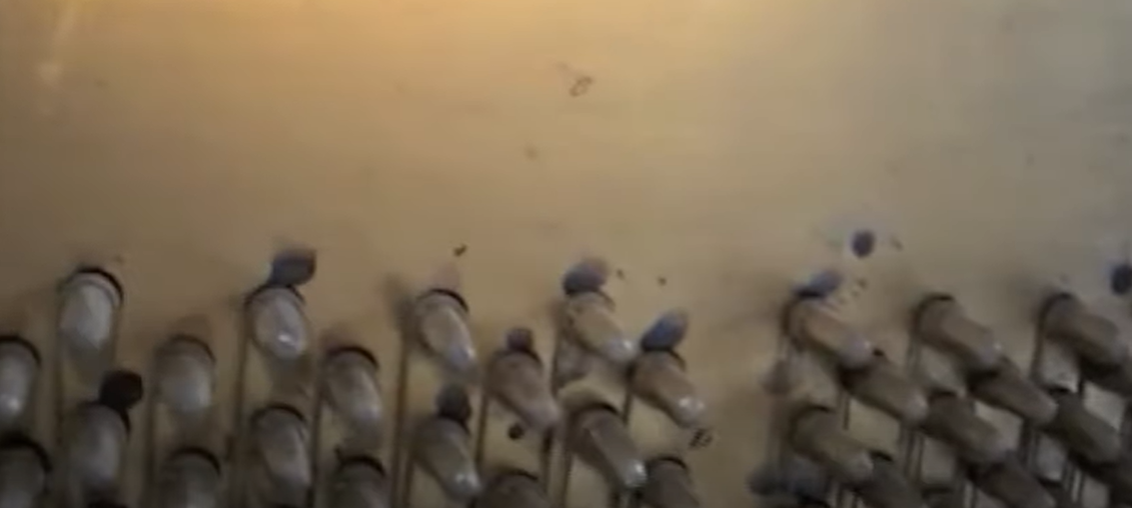
Identifying the Serial Numbers of Antique Piano
Determining the value of an antique piano requires identifying its serial numbers, a crucial step in the process. The serial number acts as a unique identifier, providing information about the piano’s age, which is a significant factor in its valuation. However, finding the serial number can be a bit tricky as its location varies depending on the type of piano.
Finding Serial Numbers on Grand and Square Grand Pianos: Serial numbers on grand and square grand pianos are usually located on the soundboard, beneath the music rack, or in proximity to the tuning pins. To find it, lift the lid of the piano and look towards the back of the instrument. You may need a flashlight for a clearer view.
Finding Serial Numbers on Mirror Pianos: In mirror pianos, the serial number may be found on the soundboard, near the tuning pins, or behind the top lid. It may require a bit of searching and a keen eye.
Remember, the process of finding a serial number may necessitate the removal of some parts of the piano, so it’s advised to proceed with caution or seek the help of a professional to avoid damaging the instrument. Once you have located the serial number, you can contact the manufacturer or consult specialized piano databases to decode the information and learn more about your antique piano’s history and value. [2]
Assessing Antique Piano Value
Evaluating the worth of an antique piano requires a thorough assessment that takes into account various factors. It is not merely about old age; instead, a combination of aspects converge to determine the worth of these historical instruments.
Age of Antique Piano
The age of an antique piano can have a significant impact on its value, much like other antique items. Generally, older pianos tend to have higher antique value, particularly if they have been well-maintained and are in good playing condition. However, it’s essential to note that the age of a piano doesn’t always equate to its musical quality. Pianos are complex instruments, and over time, their components can deteriorate, affecting the sound they produce. Therefore, an older piano may hold high historical and antique value but may require significant restoration to bring it back to optimal playing condition. Determining the age of a piano often involves locating the serial number, as previously mentioned, and consulting resources such as the manufacturer or specialized piano databases.
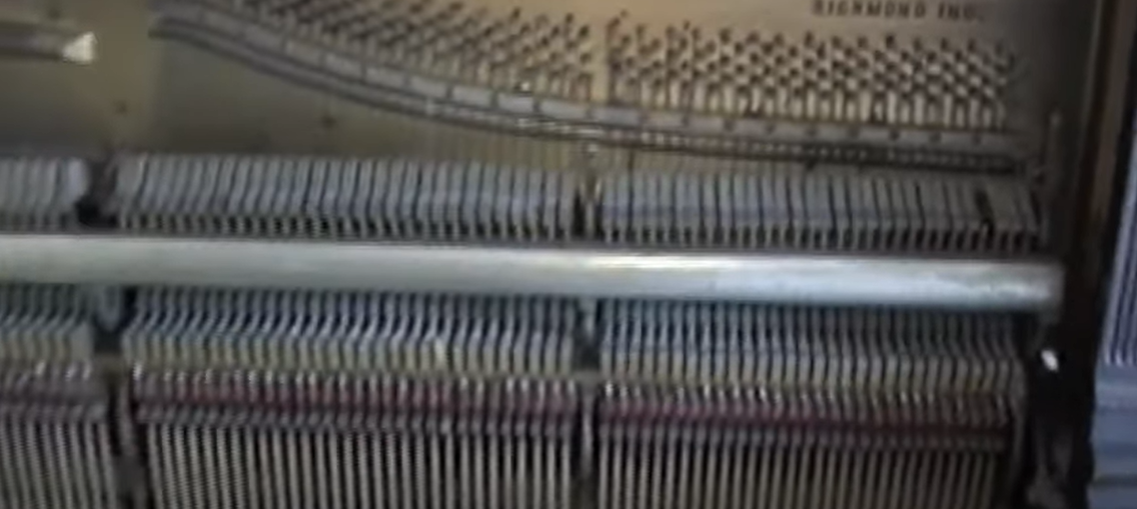
Type of Piano
The piano’s type also plays a pivotal role in establishing its antique value. As mentioned previously, grand pianos, upright pianos, and mirror pianos each have unique qualities that contribute to their value, resulting in significant variations. Grand pianos, renowned for their exceptional sound quality and impressive size, often carry a premium price tag, particularly when crafted by esteemed manufacturers. Upright pianos, while more compact and practical, can still fetch a high price, particularly if they’re in excellent condition and from a renowned brand. Mirror pianos, with their unique design and decorative appeal, are less common and can potentially hold substantial value if well preserved. It’s important to identify the type of piano you have as it forms a key aspect in assessing its worth in the antique market. [3]
Brands of Antique Piano
The brand of the antique piano substantially affects its value. Renowned manufacturers are known for their superior craftsmanship, quality of materials, and longevity, which tend to hold value well over time. Here are some of the most notable brands:
- Steinway & Sons: Established in 1853, Steinway & Sons has left an indelible mark on the piano industry through their unparalleled quality and timeless artistry. Antique Steinway pianos, particularly those hailing from the esteemed ‘Golden Era’ (late 1800s to early 1900s), are highly coveted by enthusiasts and connoisseurs alike.
- Bösendorfer: With a rich history dating back to 1828, Bösendorfer stands as one of the most enduring and esteemed piano manufacturers in existence. Known for their rich, resonant tone and elegant design, Bösendorfer pianos are considered a prized possession among antique collectors.
- Baldwin: Baldwin pianos, founded in 1862, are known for their durability and excellent tonal quality. Baldwin pianos hold significant antique value, especially for the models manufactured during the early 20th century.
- Yamaha: While Yamaha stands out among other manufacturers on this list due to its more recent establishment in 1887. Even though their early pianos are now considered antiques, they are renowned for their distinctive sound and reliable performance.
- Chickering: Founded in 1823, Chickering was the first piano manufacturer in America and was known for its innovative designs. Chickering pianos from the 19th century are particularly valuable.
Each brand carries a unique history and reputation, and acquiring a piano from these iconic brands could mean a significant addition to your antique collection. However, the value will depend on other factors such as the piano’s condition, age, and originality.
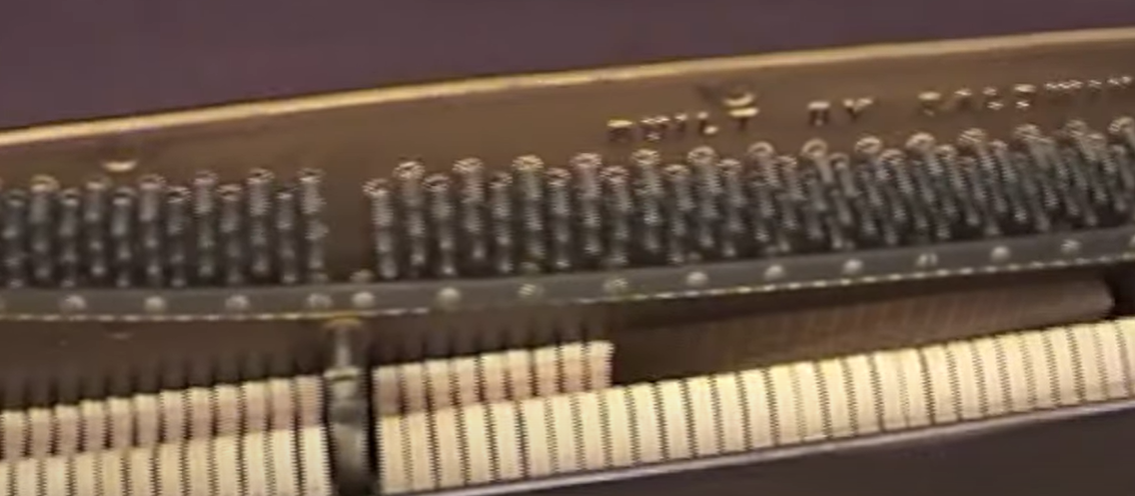
Condition of Your Antique Piano
The state of your antique piano is an additional crucial aspect that significantly influences its value. Generally, pianos that are in excellent condition, well-maintained and functional, tend to hold a higher value.
Exterior Condition: Inspect the exterior of the piano for any visible damage. This includes checking the finish for cracks or chips, looking for missing or damaged keys, and ensuring that all external parts are intact and in good shape. A piano that has been well-preserved and shows minimal wear and tear will be more valuable.
Interior Condition: The interior condition of the piano also significantly affects its value. The soundboard, strings, hammers, and other internal components should be thoroughly inspected for any signs of damage or wear. Additionally, the piano’s functionality should be assessed. A piano that can still produce a beautiful sound despite its age will be more desirable to collectors and musicians alike.
Originality: Finally, a piano’s originality can also impact its value. Pianos that have retained their original components without significant modifications or replacements are often more valuable on the antique market.
Remember, while a piano in pristine condition can fetch a high price, don’t be discouraged if your piano shows signs of wear or requires some restoration. Antique pianos carry a history and charm that many collectors value, and with the right care and restoration, they can continue to be treasured for years to come. [4]
Buying and Selling Antique Piano
When it comes to buying and selling antique pianos, understanding their value is paramount.
Selling an Antique Piano
Selling an antique piano requires careful thought and preparation. Before listing your piano for sale, it’s crucial to obtain an accurate appraisal of its value. This includes considering factors such as the piano’s age, brand, type, condition, and originality, as outlined in the previous sections. Once you have a price range in mind, you can begin researching potential marketplaces. Some of the most common platforms for selling antique pianos include online auction sites, antique dealers, piano stores, and direct sales through personal networks or social media platforms.
When preparing your listing, ensure to provide detailed information about the piano. Include high-quality photos that clearly showcase the condition and beauty of the instrument. Be transparent about any known issues or repairs needed. Highlighting the piano’s unique characteristics, history, and brand reputation can also help attract potential buyers. Lastly, remember to be patient. Selling an antique piano can take time due to the niche market but finding the right buyer can ensure your treasured instrument continues its musical legacy in appreciative hands.
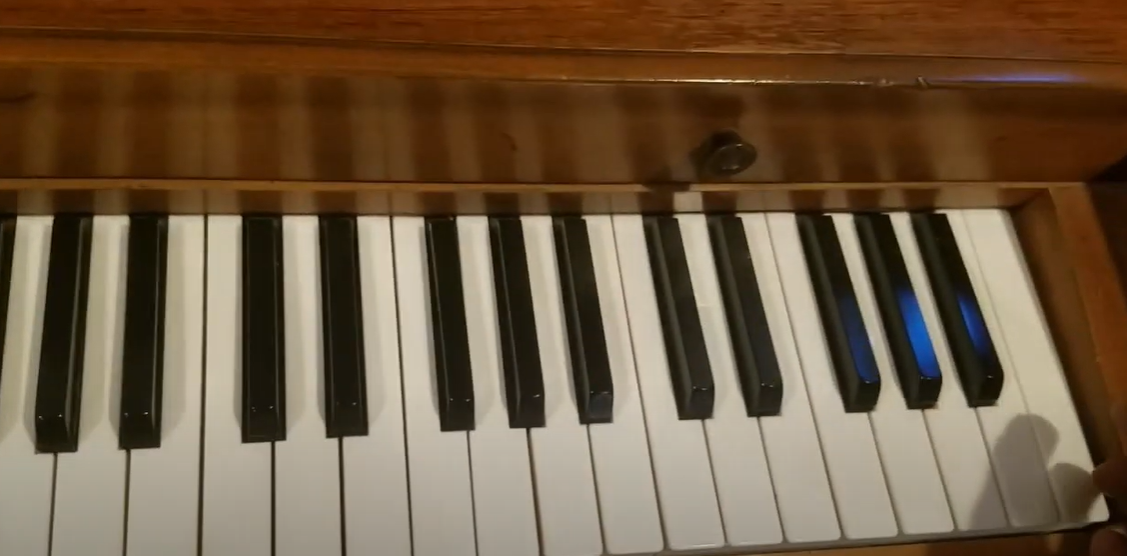
Buying an Antique Piano
Buying an antique piano can be a rewarding investment, both musically and historically. However, it’s crucial to approach this process with careful consideration and due diligence. Here are some essential factors to keep in mind:
- Recognize Your Purpose: Understand why you want to acquire an antique piano. If it’s for musical purposes, ensure it produces quality sound and is in playable condition. If it’s for its historical value or as a decorative piece, the aesthetic appeal and historical significance might be more important.
- Pre-Purchase Inspection: When possible, hire a professional piano technician to perform a pre-purchase inspection. They can assess the condition of the piano, identify any necessary repairs, and provide a realistic estimate of the piano’s value.
- Brand and Age: As outlined in the previous sections, the brand and age of the piano can significantly impact its value and desirability. Research the piano’s background, manufacturer, and era of production.
- Budget: Consider your budget carefully. Antique pianos can range greatly in price depending on factors such as brand, condition, and rarity. Don’t forget to account for potential restoration costs and ongoing maintenance.
- Space and Placement: Antique pianos, especially grand pianos, require adequate space. Consider the dimensions of the piano and ensure you have a suitable location in your home.
- Buy from Reputable Sources: Whether you’re buying from an online platform, an antique dealer, or a private seller, ensure the source is reliable and transparent about the piano’s condition and history. [5]
Remember, buying an antique piano is not just about owning an instrument—it’s about possessing a piece of history.
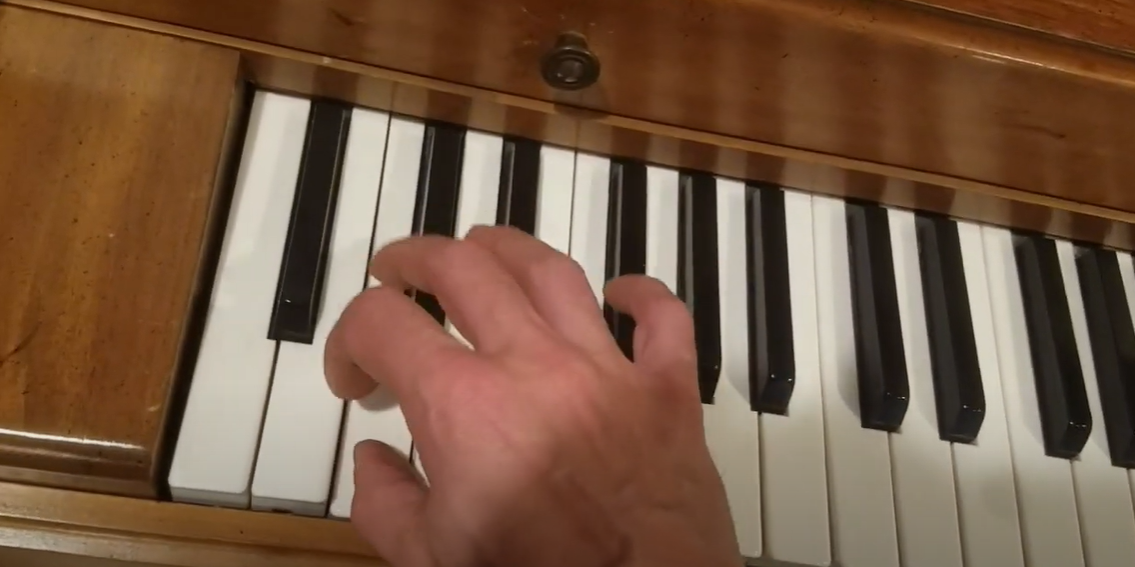
FAQ
How much is a 1920 player piano worth?
The valuation of a 1920 player piano can fluctuate significantly, contingent upon various factors including the brand, condition, originality, and prevailing market demand. Generally, these pianos can range from $1,000 to $10,000. High-end brands in exceptional condition might fetch prices above this range. However, this is a broad estimate and the actual value could be different. It’s always advised to get a professional appraisal for an accurate valuation. Please note that restoration costs can also significantly impact the overall cost, and the sentimental value of the item may not be reflected in the monetary value.
Is there a market for old pianos?
Indeed, there is a market for old pianos, particularly for those that fall into the category of antiques or have historical significance. Collectors, musicians, decorators, and historical enthusiasts all contribute to a niche, yet passionate market for these instruments. It should be noted that the high market value of old pianos is not guaranteed for all of them. Various factors, including the brand, age, condition, originality, and quality of sound produced, contribute to establishing the market value of a piano. It is always advisable to seek guidance from a professional appraiser to ensure an accurate assessment of the potential market value of an antique piano.
Are antique pianos good?
Antique pianos can certainly be good depending on your intended purpose and the individual instrument’s condition. For collectors, antique pianos hold substantial historical and aesthetic value that can greatly surpass their functional use as a musical instrument. For musicians, an antique piano that has been well-maintained or properly restored can offer a unique and warm tone that’s hard to replicate with modern instruments. It’s crucial to remember that not all antique pianos are created equal. Factors such as brand, age, condition, and restoration quality significantly influence the sound and functionality of the instrument. Therefore, if you’re considering an antique piano for playing music, it’s highly recommended to have the instrument inspected by a professional piano technician before purchase.
Are 100 year old pianos worth anything?
While a century-old piano can possess value, its worth can fluctuate significantly due to various factors. The market value of an item can be greatly influenced by factors such as the brand, condition, originality, and historical significance associated with it. Well-maintained or tastefully restored antique pianos from reputable manufacturers can be highly prized by collectors, musicians, and antique enthusiasts. They can offer a distinctive tonal quality and aesthetic appeal that modern pianos often can’t replicate. However, it’s essential to note that the sentimental value could exceed the financial value, particularly if the piano needs extensive repairs or restoration. For any antique, it is highly recommended to seek a professional appraisal to accurately determine the potential value of a century-old piano.
Is a 20 year old piano good?
A well-maintained 20-year-old piano can indeed serve as a fine instrument, offering a testament to its enduring quality. Pianos are crafted to withstand the test of time, with numerous instruments that are over 20 years old still in active use, emitting captivating melodies that resonate beautifully. However, the condition of the individual piano is crucial. Regular tuning, a stable environment free from extreme temperature and humidity fluctuations, and gentle use can all contribute to a piano’s longevity. That said, the sound, touch, and overall performance might not be as refined as a new high-quality piano, though many believe older pianos possess a unique, mature tone that newer pianos have yet to develop. It’s always recommended to have a professional piano technician inspect the piano to assess its condition and value.
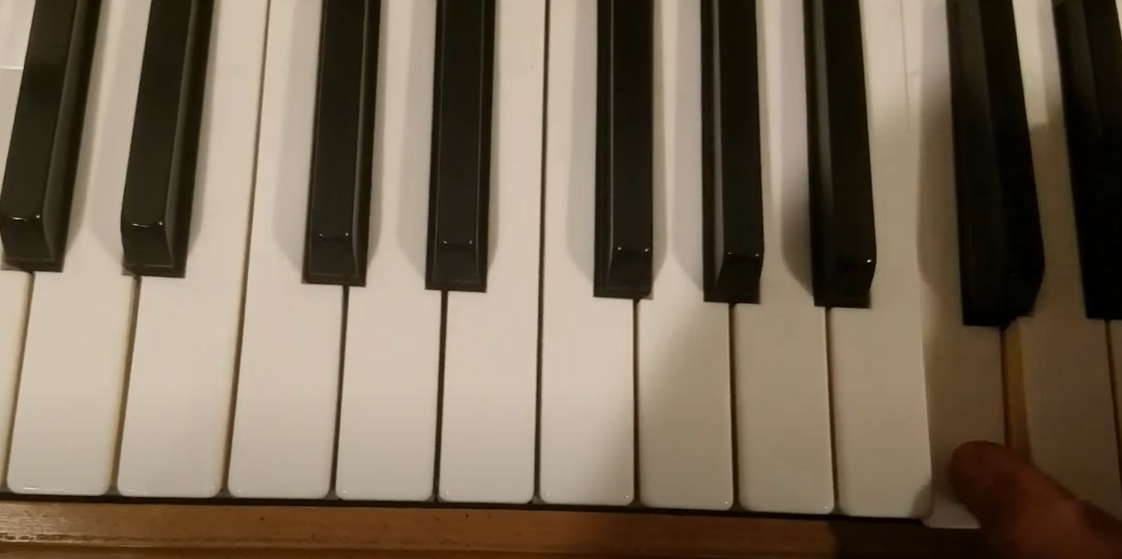
How much is a 30 year old piano worth?
The valuation of a thirty-year-old piano can fluctuate considerably, based on various factors including the brand, condition, maintenance record, and market demand. In general, well-kept pianos from reputable manufacturers might range from a few hundred to a few thousand dollars. For instance, a higher-end brand in exceptional condition could command a higher price, while a lesser-known brand or a piano in need of repairs could be valued much lower. Please be aware that the restoration of a piano to a playable state can be a costly endeavor, potentially surpassing the piano’s value. It’s recommended to consult a professional appraiser for a more accurate and individualized valuation. Additionally, the piano’s sentimental value is not typically reflected in its monetary value.
How much did a piano cost in 1900?
The cost of a piano in 1900 varied greatly depending on the brand, model, and quality of the instrument. Entry-level upright pianos could be purchased for around $200, while more luxurious grand pianos from reputable manufacturers could cost upwards of $800 or even more. However, it’s crucial to understand that these figures should be adjusted for inflation. When doing so, the cost of a piano in 1900 translates to approximately $6,000 – $24,000 in today’s dollars. It’s also important to remember that these are approximations, and actual prices could vary based on a number of factors.
Is it OK to buy a 50 year old piano?
Yes, it’s generally acceptable to buy a 50-year-old piano, provided it has been well-maintained and is in good condition. Such an instrument can still be an excellent source of sound and beauty. However, potential buyers should be aware that older pianos may require more maintenance, including regular tuning, and possibly more substantial servicing or restoration. This could include hammer replacement, regulation adjustments, or even total restringing, which can be quite costly. The brand and model of the piano also play a significant role in its longevity and sound quality. Renowned brands often have a reputation for durability and excellent sound, even in their older models. As always, before purchasing any second-hand piano, it’s highly recommended to have it thoroughly inspected by a professional piano technician to assess its condition and potential restoration needs.
Why are old pianos free?
Old pianos are often offered for free due to a combination of factors. First, the high cost and complexity of moving them make selling an old piano challenging. Unlike smaller antiques, pianos are large, heavy, and delicate – moving them requires professional services, which can be expensive. Second, the cost of restoring an old piano to a playable condition can often exceed the piano’s market value. It’s not uncommon for an old piano to need substantial repairs, such as restringing, soundboard replacement, or action regulation, which can be a costly venture. Third, the market for old pianos is relatively small. While they may hold sentimental value, there is limited demand for old pianos in the marketplace, especially those that require significant restoration. Due to these reasons, many people find it more viable to give away an old piano for free, rather than go through the hassle and cost of selling it.
How to sell vintage pianos?
Selling vintage pianos involves several steps to ensure you receive the best possible return on your valuable musical instrument.
- Appraisal
- Restoration
- Marketing
- Pricing
- Sales Channels
- Professional Advice
Remember, patience is essential. Vintage pianos appeal to a special market, and it might take time to find the right buyer willing to pay the right price.
Useful Video: Are Antique Pianos Worth Anything?
Conclusion
In conclusion, the value of antique pianos is not only defined by their monetary worth, but by their historical and sentimental significance. Whether a piano is 30 years old or over a century old, its worth is determined by a myriad of factors including brand, condition, maintenance history, and market demand. While selling an antique piano can be a complex process, with professional appraisal, careful restoration, and strategic sales tactics, it’s possible to find the right buyer who appreciates its true value. As an owner, it’s essential to remember that old pianos encapsulate stories and melodies from the past, making them timeless instruments that continue to resonate through generations.
References:
- https://www.lovetoknow.com/home/antiques-collectibles/antique-piano-values
- https://antiquesknowhow.com/antique-piano/
- https://www.jacquelinestallone.com/antique-piano-value/
- https://www.nonamehiding.com/antique-piano-prices/
- https://www.vipartfair.com/antique-piano-value/


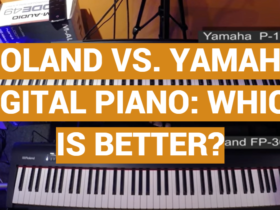

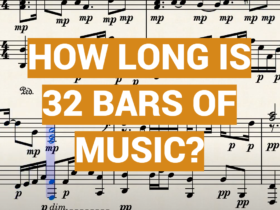
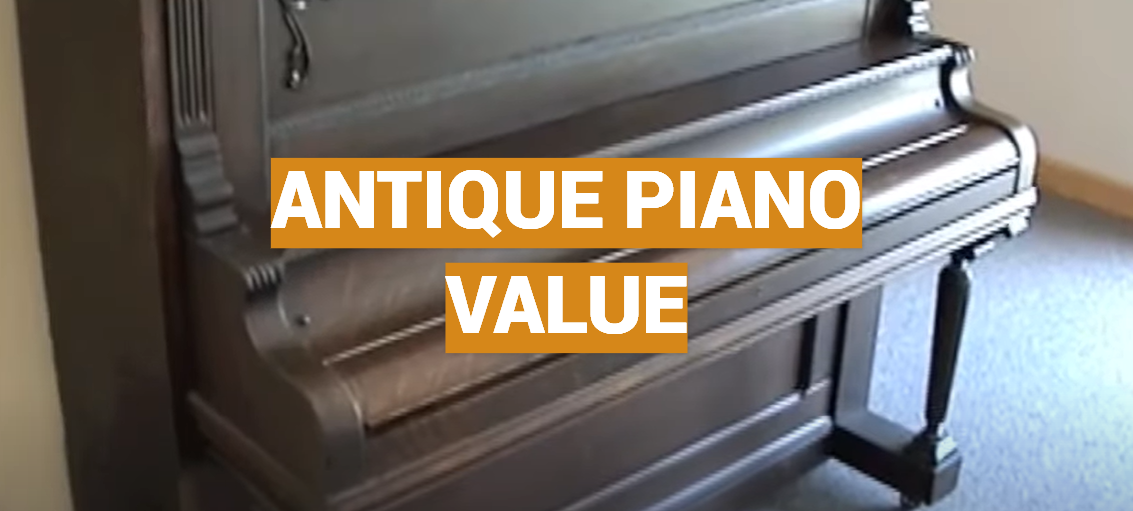
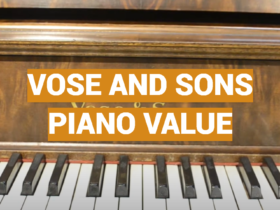

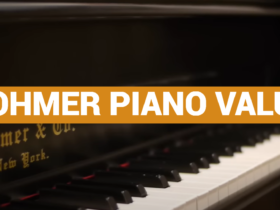
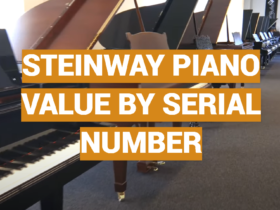
Leave a Reply